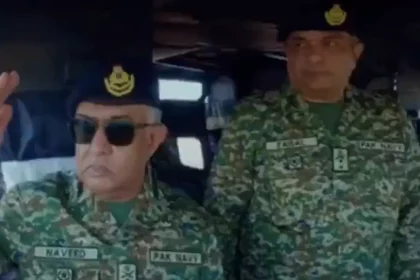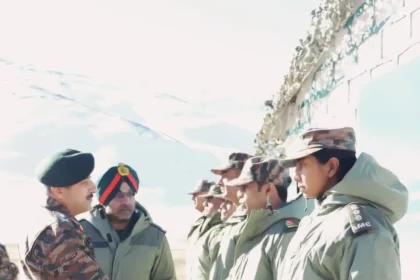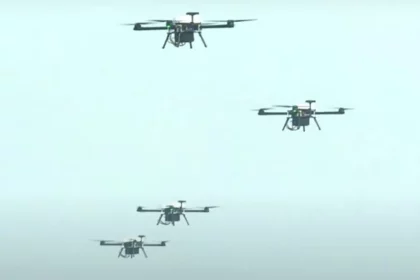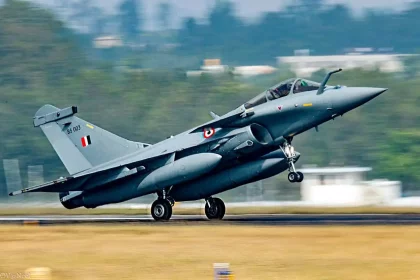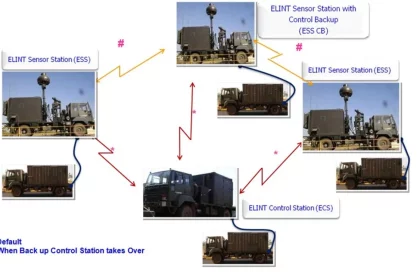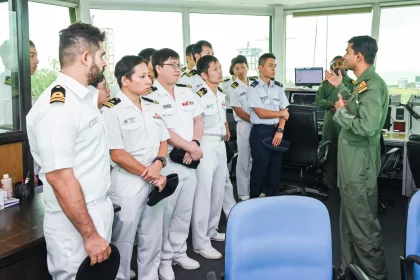Pakistan Naval Chief’s Visit to Disputed Sir Creek Raises Tensions with India
Admiral Ashraf’s high-profile visit to Sir Creek sparks Indian outrage; intelligence sees move as a bid to project assertiveness and…
Lt Gen Manraj Singh Mann Reviews Operational Preparedness in North Sikkim
GOC Trishakti Corps commends troops for exceptional professionalism and morale during high-altitude deployment in North Sikkim.
India Clears Autonomous CLRTS/D Swarm Drone Programme for Deep-Strike Missions
DAC clears CLRTS/D — an indigenous, long-range autonomous swarm system aimed at deep-strike and base-disruption, blending distributed AI, DSMAC navigation…
IAF Rafales’ Comeback Debunks Pakistan’s False Claims of Shootdowns During May Conflict
IAF Rafales Return to Skies, Expose Pakistan’s False Shootdown Claims.
Indian Army Inducts Cutting-Edge Ground-Based Mobile ELINT System to Boost Electronic Warfare Capabilities
Indian Army Inducts Advanced Mobile ELINT System, Strengthens Electronic Warfare Capabilities.
Japanese Command & Staff College Delegation Visits INS Hansa
A 46-member Japanese delegation visited INS Hansa to gain insights into Indian Naval Air Operations and strengthen maritime cooperation.

